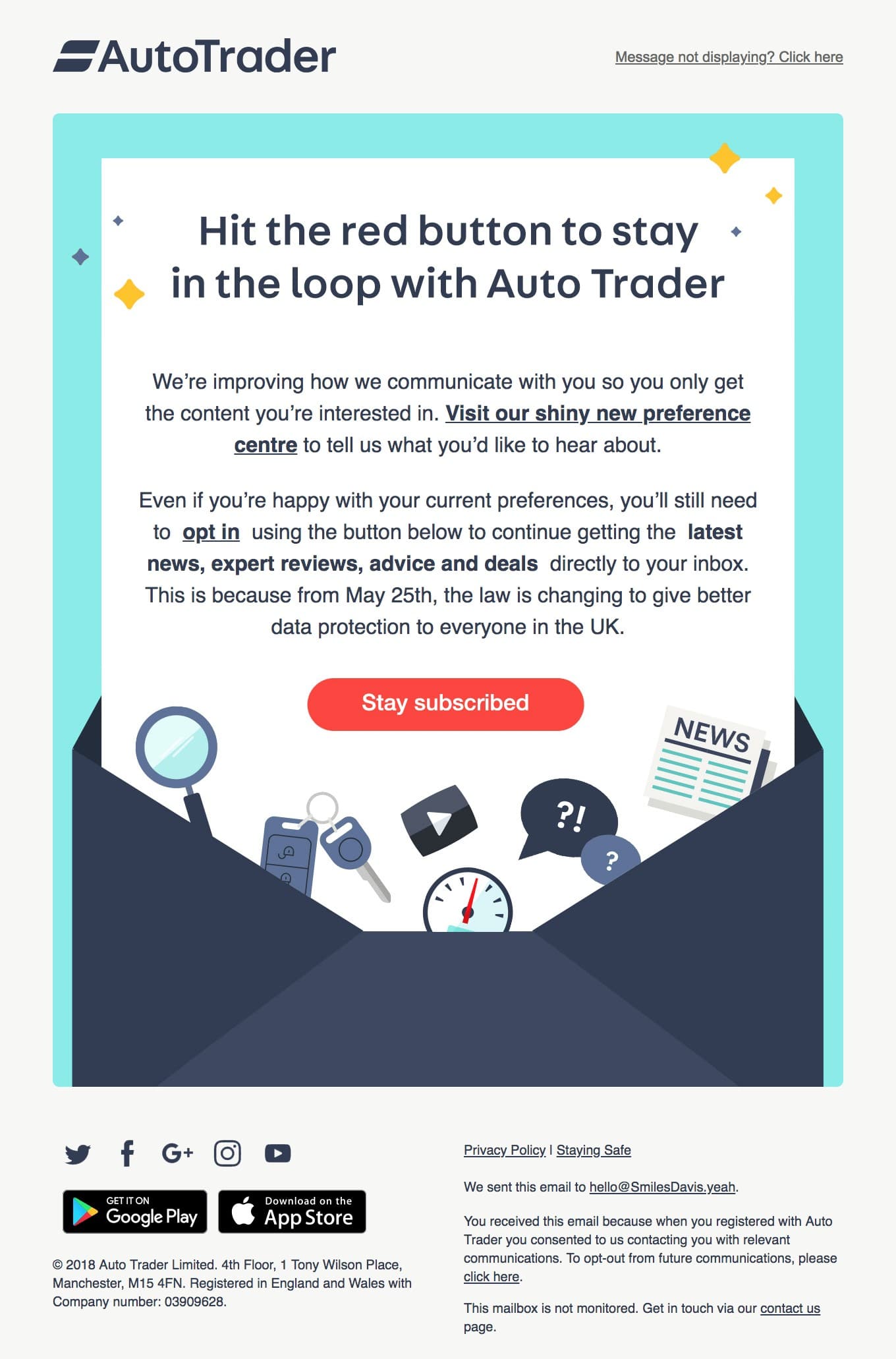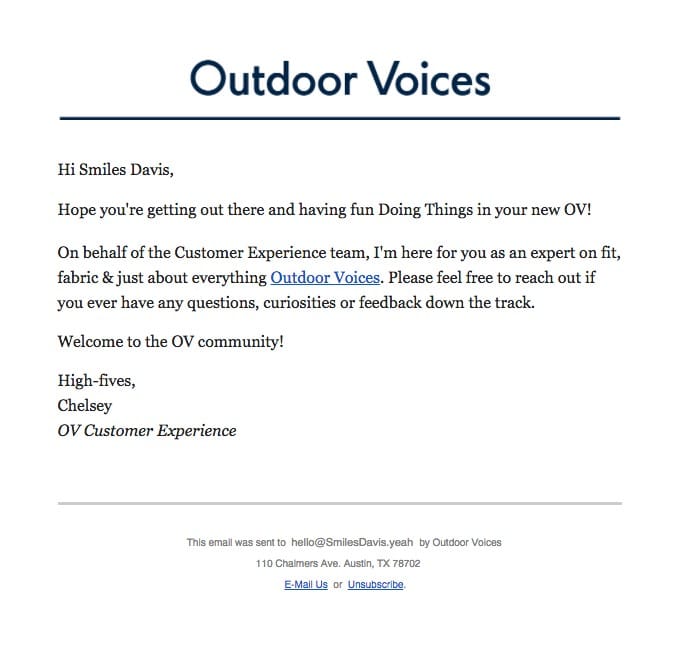While delivering superior products and customer service is still crucial for your company, it’s simply not enough anymore. With the rise of “we need it now” mentalities, it shouldn’t come as a surprise that customer expectations have vastly changed in the last decade.
To stay relevant and positive in your customers’ minds, you need to provide an experience that keeps them engaged with your brand. Instead of creating a transactional relationship, you need to develop an ongoing conversation.
As the most effective digital marketing strategy, email can provide customers with a constant flow of communication that doesn’t just serve the brand’s goals, but addresses the person’s needs.
Let’s take a look at how you can give the best customer experience with email.
What is customer experience?
Customer experience is the impression you give your customers, which results in the perception they have of your brand or the way they feel about it. This is typically a result of multiple communication touchpoints during their customer journey.
Take a look at these staggering facts: 59% of 25-34-year-olds share poor customer experiences online, and 58% of customers will never use a company again after a negative interaction.
As you can see, the customer experience is crucial to retaining repeat business and developing brand loyalty.
How to give the best customer experience with email
Utilizing email is a perfect way to create a positive customer experience for your subscribers, as well as gauge your brand sentiment. With email, you can place subscribers on a customer journey from the moment they sign up for your list to their next purchase, then again through every subsequent purchase.
What types of content promote a positive experience? Take a look at these examples.
- Welcome emails
- Incentives or discounts
- Confirmations
- Thank you messages
- Reward reminders
- Contests
- Feedback and surveys
However, it’s not just the type of content that matters. It’s also how, when, and to whom you send your emails. Let’s delve deeper into three specific email methods that’ll help you give the best customer experience.
Customize your messaging.
Even if you send thousands of emails at once, you need to think about the individual who receives that message. Ensure that everything from the subject line to the content is targeted to that specific person, including their preferences, geographic location, purchase history, and more.
Source: Really Good Emails
Give your customers options.
Developing a preference center allows the subscriber to choose what they want to receive from you and when. This not only prevents you from bombarding them with information they don’t want, but it also allows you to personalize your content to revolve around your subscriber’s needs.
Source: Really Good Emails
Let your customers talk to you.
Being accessible to your customers goes a long way in providing quality customer service. How many times have you become frustrated with a brand after being pushed from the FAQ page, to a bot, to call center? Offer email support to your customers directly from your email campaigns to give yourself the opportunity to solve their issue—which will boost their perception of your brand.
Source: Really Good Emails
How to measure customer experience
Analyzing your customer experience goes beyond clicks and opens. You need to understand how your customers truly feel about your brand. You can gather this information from feedback requests and surveys.
Measure your customer sentiment using the following metrics:
- Net promoter score: percentage of your customers who would or would not refer your brand
- Customer satisfaction: average score that customers rated a particular experience
- Customer churn rate: percentage of customers who don’t make a recurring purchase or cancel a service
Does it really matter?
Delivering an exceptional customer experience is imperative to the overall growth of your company. If you give your customers a positive experience through email, they’ll become more loyal to your brand, refer friends to your products, and even leave glowing reviews to help boost your social proof. All in all, positive customer experience equates to an increased ROI.
What now?
Building a positive customer experience isn’t all theory—now it’s time to start working on your actual email campaigns. Start at the very beginning of your customer journey—the welcome email—to begin creating a positive relationship with your subscribers.


